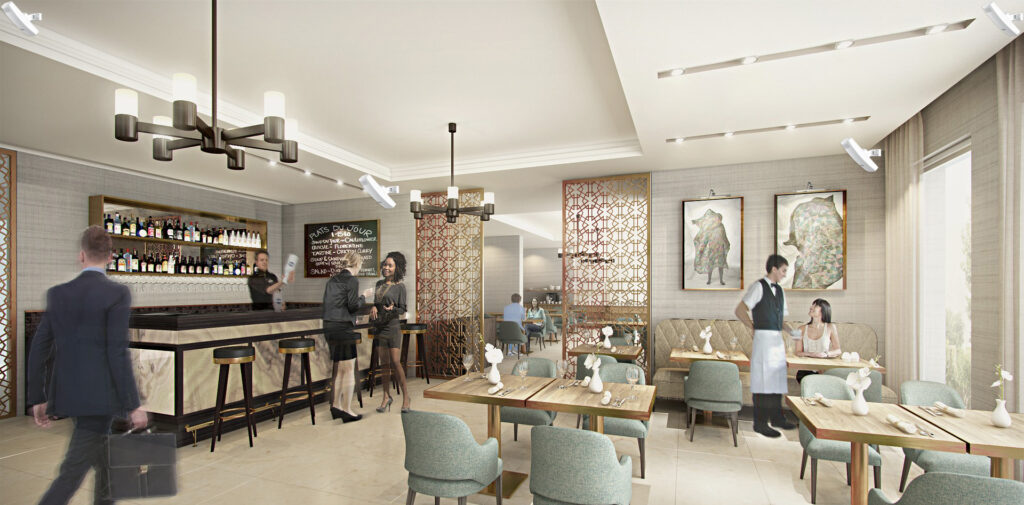The restaurant industry is constantly evolving, with new technologies playing a pivotal role in enhancing customer experiences. One such technology that has gained significant attention is Ultra-Wideband (UWB) tracking. UWB has emerged as a powerful tool for tracking and locating objects with high precision and accuracy. In the context of the restaurant industry, UWB tracking solutions offer an innovative way to improve service efficiency and customer satisfaction. This article explores the benefits and applications of UWB tracking in restaurant table customer management.

UWB is a wireless communication technology that operates at a very high frequency range. It uses short-range radio waves to transmit and receive data, enabling precise distance and location measurements between devices. UWB has several advantages over other tracking technologies, such as Bluetooth and RFID, including higher accuracy, low latency, and resistance to interference.
Implementing UWB tracking solutions in restaurants can streamline various aspects of customer management, ultimately improving overall service quality. Here's how UWB tracking can revolutionize the dining experience:
By equipping each table with UWB tags or sensors, restaurants can automate table reservation systems. When a customer makes a reservation, the UWB system can track their arrival and guide them directly to their designated table. This eliminates the need for manual table allocation and reduces waiting times, enhancing customer satisfaction.
UWB tracking can facilitate efficient order placement and delivery processes. Waitstaff equipped with UWB-enabled devices can accurately locate customers and take their orders directly at the table. The system can then transmit the order details wirelessly to the kitchen, reducing errors and ensuring prompt service. Additionally, when the order is ready, UWB tracking can guide the staff to the correct table, minimizing delivery delays.
UWB tracking enables restaurants to offer personalized services to their customers. By integrating UWB technology with customer profiles or loyalty programs, restaurants can gather valuable data, such as dining preferences and past orders. With this information, they can provide tailored recommendations, special offers, or even surprise treats to enhance customer loyalty and satisfaction.
UWB tracking solutions can also facilitate contactless payments and feedback collection. Customers can use their smartphones or smartwatches equipped with UWB technology to make payments simply by being in proximity to a UWB-enabled payment terminal. Additionally, restaurants can gather feedback through UWB-enabled devices, providing a convenient and efficient way for customers to share their dining experience.
While UWB tracking offers numerous benefits, there are a few challenges and considerations to address:
Collecting customer data through UWB tracking raises privacy concerns. Restaurants must ensure that customer data is collected and used ethically and securely, adhering to relevant data protection regulations.
Implementing UWB tracking systems requires an initial investment in hardware, software, and staff training. Restaurants need to carefully evaluate the costs and benefits to determine the feasibility of adoption.
Introducing new technologies can sometimes face resistance from customers who may be unfamiliar or uncomfortable with the tracking process. Restaurants must communicate the benefits and address any concerns to gain customer acceptance.
UWB tracking solutions have the potential to revolutionize the restaurant industry by enhancing service efficiency and customer experiences. From table reservation management to personalized dining experiences and contactless payments, UWB tracking offers a range of benefits. However, it is essential for restaurants to address privacy concerns, evaluate implementation costs, and ensure user acceptance to maximize the advantages of this innovative technology. With careful planning and execution, UWB tracking can transform the way restaurants operate, delivering exceptional dining experiences to their customers.
Prev:Expanding Connectivity Horizons: The Power of Router WiFi Modules
Next:GPS Module Features: Enhancing Navigation and Location Services
Copyrights© Shenzhen Skylab Co.,LTD All Rights Reserved.

